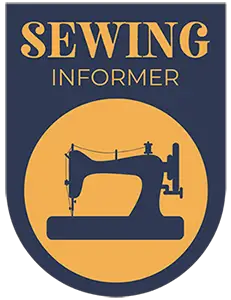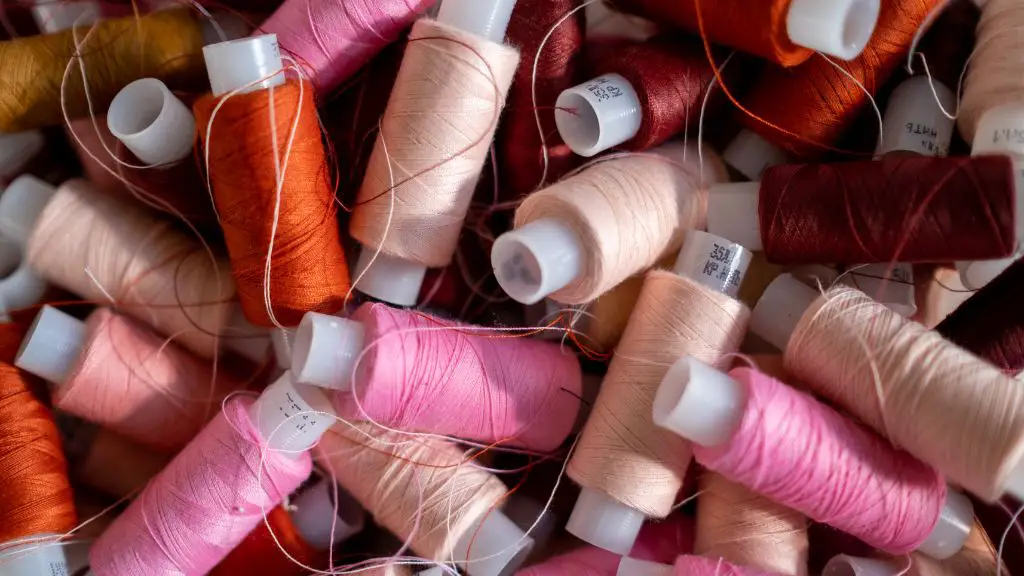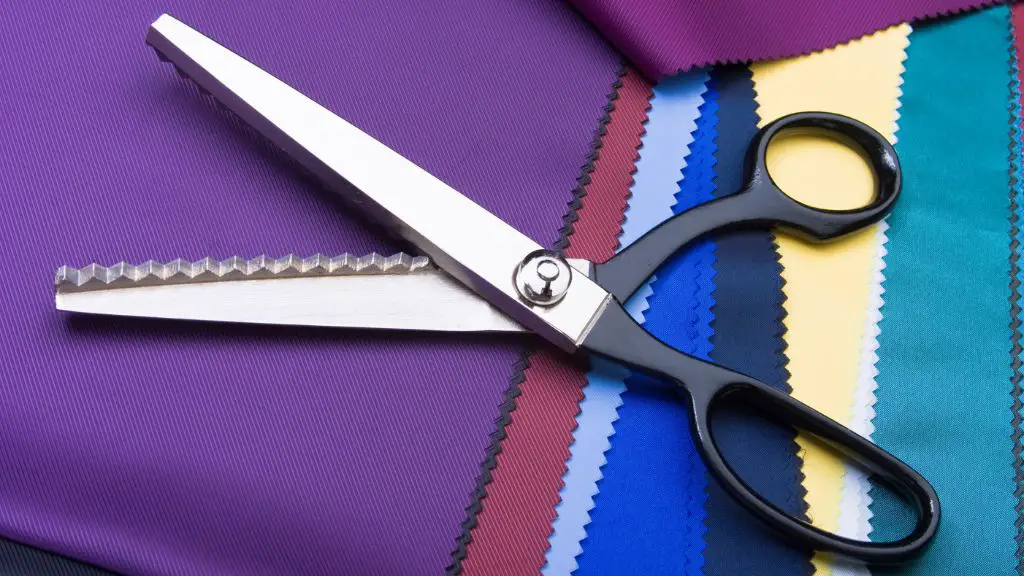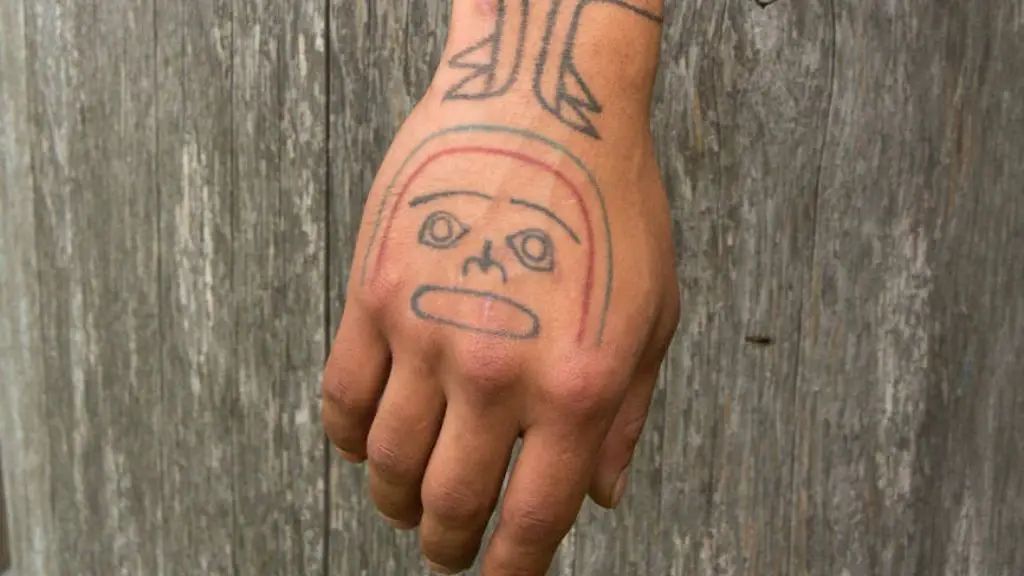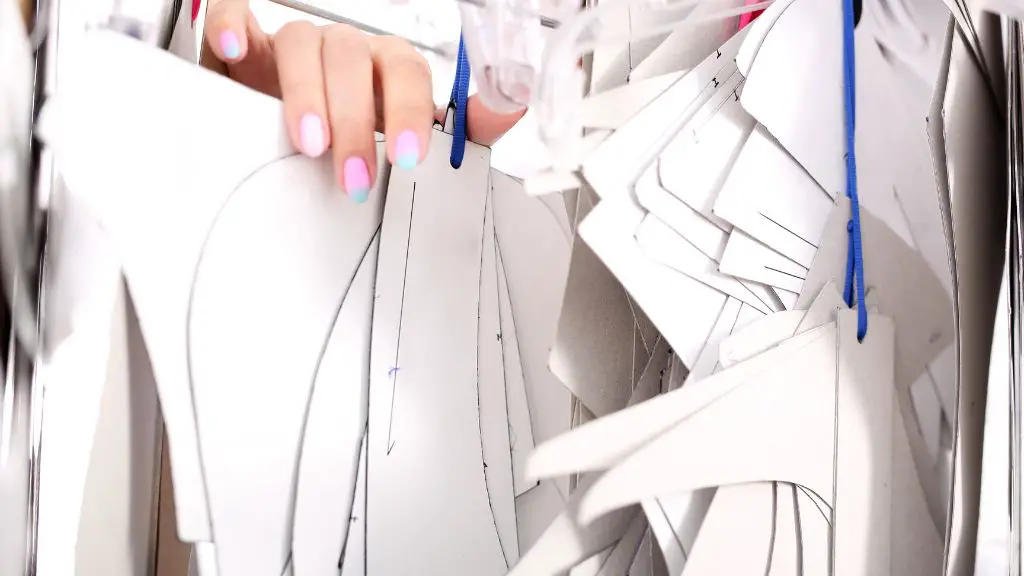Embroidery can add unique beauty to the fabric after sewing. The materials used for this embroidery differ from those used in ordinary sewing, as the process and the final result differ by some stretch. There are many kinds of threads and they are all best suited for different purposes. Now, the main question of discourse is whether one can use regular sewing thread to do embroidery.
You can use sewing thread for embroidery. However, you have to be extra careful in using them so you can get a good result.
As you have to follow a meticulous guide in using regular sewing thread for embroidery, we will walk you through step by step how you can achieve this.
Can You Use Sewing Thread For Embroidery
Adding embroidery to any piece of fabric will improve its aesthetic qualities. However, this requires knowledge of what is needed and how you can use them. Otherwise, having the right materials but the wrong Technical know-how will lead to horrendous results. Also, knowing how to embroider but using the wrong materials can make the final result undesirable.
The most important materials to consider are the needle and thread. As there are so many types of needles and thread, you have to know exactly what you are going for. Sewing threads are made generally for use for stitching but you can still use them for embroidery.
Embroidery threads are often stronger than regular threads to bring out the design effectively. They are also softer to allow you to guide them through. Despite all these, you can use a regular sewing thread for the purpose. However, you will have to compensate for the differences. Despite your best efforts, the final product might not be as good as if you just used embroidery thread.
How To Use Sewing Thread For Embroidery
Knowing that you can is the easy part. How you use sewing thread that is not meant for embroidery to do the job is an even harder task. Whatever type of needle and thread you are using for the job, the way you do embroidery remains the same.
However, when you are using unsuitable thread like sewing thread you need some extra technique. The most important of these is that you have to increase the number of strands you use to achieve a finer and thicker effect.
Types Of Thread For Embroidery
There are many types of threads and all of them have what they are best used for. Specifically, embroidery has several threads that can be used for the act and they all have their advantages and disadvantages. These threads are:
Rayon Thread
This is the most common kind of thread used in embroidery projects. It is a synthetic thread made from cellulose fiber and it is so widely used because it is quite cheap compared to other options. They are in many flashy colors and are very easy to use.
However, they are not suitable for projects like heirlooms that are meant for the long term because they tend to wear down very quickly. Also, you might run into some minor issues while using the rayon thread.
The thread is suitable for use in short lengths because it easily gets entangled and knotted up. At a short length, the chances of this happening reduce. Another way you can reduce these knots is by dampening the thread by dipping it in water or sprinkling water over it. The standard size of rayon thread is 40 wt, although you can find those of thicker length of 30 wt.
Silk thread
If you are going for the absolute best result, you can’t do better than using silk thread for your embroidery, especially on a machine. They have a dye absorption quality that is far better than other threads. They also combine the strength of polyesters with the stability of cotton.
With the distinct sheen of silk, silk threads give off brilliant embroidery results. They come in different sizes but the 30 to 50wts threads are considered the best for machine embroidery. The drawbacks of silk threads are that they fade and bleed easily, are costly, and are relatively scarce.
Polyester embroidery thread
Like rayon, polyester embroidery threads are very popular due to their affordability. Their high protection against shrinkage, fading, and bleeding makes them ideal for children’s clothing. Even against chlorine solution, they are highly resistant to bleaching.
They produce an effect similar to rayon thread and are also available in many colors. However, they lack the sheen of rayon thread although they also have high resistance to breaking and fraying.
Cotton embroidery thread
Also known as embroidery floss, this is what comes to the mind of most people when they hear embroidery thread. It is often used on embroidery machines because of how easy it is to use and its high coverage.
Embroidery floss is available in sizes from 30 wt to 100 wt depending on the size and coverage of the thread. It has a fine sheen and is quite strong to boot. You can also use it with hand embroidery if you want.
Metallic embroidery thread
Metallic thread is ideal if you add a spark to your design. They are available in the metal colors of gold, silver, platinum, and copper. The weight of metallic thread varies from fine and wispy to thick and stiff.
Ribbon
Although they are technically not a type of thread, you can also use ribbons for embroidery. Of course, you will need a needle that has an eye big enough to take in the ribbon. Ribbons are ideal for decorative purposes on household products like curtains and pillows. These ribbons can be made with different materials like silk, cotton, or even synthetic fabric. They are available in varying widths, from 1/8 inch to 1/2 inch or even larger
Knitting and crocheting yarn
The yarn used for knitting and crocheting are similar and you can use them for embroidery too. As they are normally meant for handcrafts, they work very well with embroidery by hand. Knitting and crocheting yarn gives a colorful effect to the fabric and they are flexible enough to allow you different designs.
Perle/Pearl thread
The texture of this thread makes it perfect for redwork, Hardanger embroidery, and cross-stitching. It consists of two strands of Perle cotton twisted to get one thread.
Embroidery floche
This is a specialty thread that is similar to Perle cotton in size, composition, and qualities, albeit with a greater sheen. It is available in a variety of colors and it is often used for delicate floral motifs. It is widely regarded as a synthetic alternative to the silk thread and can do the latter’s job quite well.
Sashiko embroidery thread
Sashiko is a thick and durable type of cotton embroidery thread that is traditional in Japan. It is available in different colors and is often used in sashiko stitching. The thread is thicker than regular cotton, which might prove useful depending on your needs.
These are not all! There are still some more obscure types of embroidery threads out there all with their unique qualities. With all these available, one wonders why you have to use sewing thread from embroidery when you can get many kinds of thread that will do the job better and with less stress.
Considerations In Getting Thread For Embroidery
There are certain things you have to consider when getting thread for an embroidery project.
- Weight: Embroidery threads are available in different weights and you have to know the weight you are going for. You also have to ensure that the thread weight is compatible with your task.
- Thread type: As seen earlier, there are numerous embroidery thread types all with their advantages and disadvantages. You should consider these carefully before making the decision
- Fabric type: Some threads work better with certain types of fabric. Ensure that your fabric is compatible with the type and weight of thread you are getting
- Colour: Obviously, the color of your fabric and the intended resulting embroidery matter a lot when getting embroidery thread. Do not use a color that will eventually come out ugly.
- Budget: It has been seen that some threads like silk threads are quite expensive while some are cheap. Going for one or the other will depend on how much you are willing to spare to get the thread.
- Skill: Finally, some embroidery threads are easier to use than some. If you are a beginner, do not go for a thread meant for experts as you will have a hard time using it.
With all these in mind, you can finally decide on the thread that will best suit your task.
Conclusion
Despite the qualities that seem to rule them out as suitable for embroidery, you can use regular sewing thread to do embroidery tasks. However, you have to take extra care to ensure that it doesn’t result in a shoddy job. It is best to use threads that are perfect for the task, but you can always get away with using sewing thread.
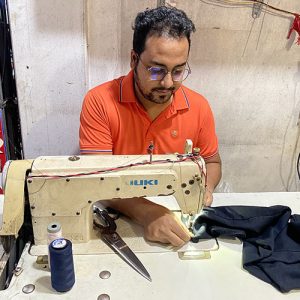
I love to sew and write! I have been doing both for many years and enjoy sharing my passion with others. I have written for both online and offline publications including Amazon and Medium, and I enjoy sewing clothes, quilts, and other items.
My writing style is engaging and lively, and I have a knack for delivering complex information in a way that is easy for everyone to follow.
